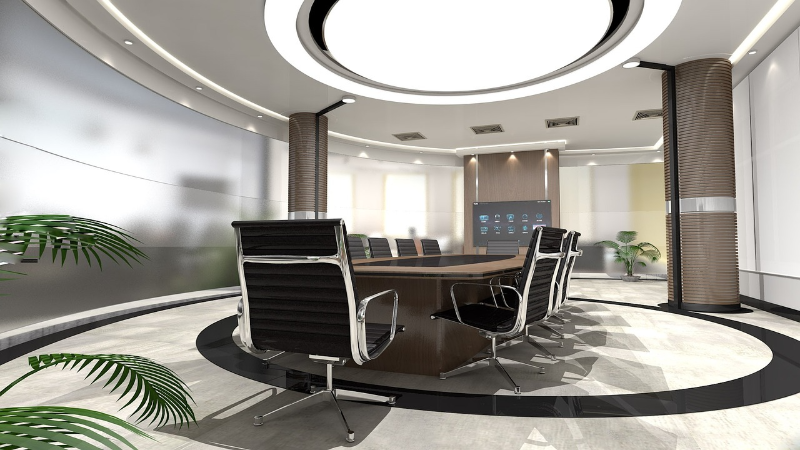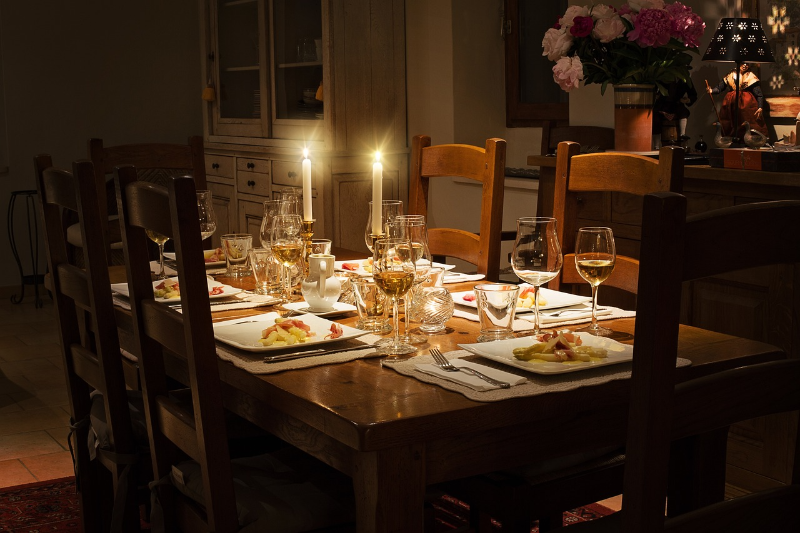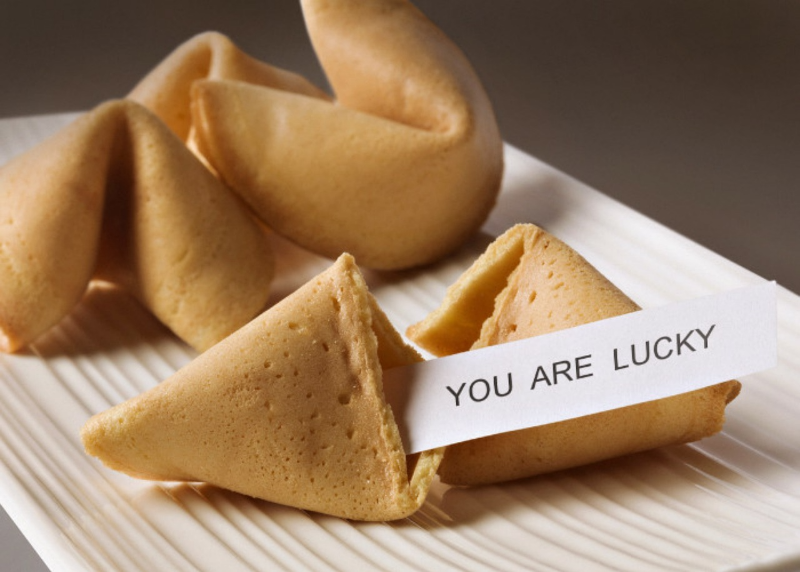전시회의 정의 및 종류, 전시회 종합 가이드 ( Types & Definition of Exhibition, Exhibition Planning and Preparation )

전시회의 정의
전시회는 전시장에서 회의 참가자나 일반 방문객과 같은
불특정 대상에게 특정 산업의 제품이나
서비스를 선보이는 전문 이벤트입니다.
전시회는 영리 또는 비영리일 수 있으며
종종 국제 회의와 함께 개최되거나
무역 박람회로 독립적으로 개최됩니다.
전시회 종류
무역 박람회:
동일한 장소에서 주기적으로
개최되는 전문 전시회입니다.
컨퍼런스 전시회:
일반적으로 컨퍼런스의 주제와 관련된
국제 컨퍼런스 전, 중 또는 후에 개최됩니다.
전시회의 중요성:
전시회는 수익을 창출하고 참가자를 유치함으로써
컨퍼런스 주최자에게 상당한 이점을 제공합니다.
전시 부문의 주요 조직에는 International Exhibitors Association(IEA)과
Bureau International des Expositions(BIE)가 있습니다.
전시 기획 및 준비
전시 기획 전시를 기획할 때 고려사항
목적: 영리 또는 비영리인지 확인합니다.
- 영리 목적: 수익 창출.
- 비영리 목적: 교육 또는 홍보 목표에 집중.
주제 및 기간: 적절한 주제를 선택하고 기간을 결정합니다.
운영 조직:
조직 위원회가 직접 운영할지
전문 서비스 제공업체에 아웃소싱할지 결정합니다.
전시 규모: 과거 참가자와
새로운 잠재적 전시자를 기반으로 추산합니다.
장소 선택: 이상적으로는 컨퍼런스 건물 내부입니다.
그렇지 않으면 접근이 쉽고 필요한 시설이 있는 인근 지역입니다.
마케팅 계획: 가격 및 부스 할당 포함.
예산 준비: 예산을 수립하고 확보합니다.
이벤트 기획: 개막식, 리셉션 및 기타 이벤트를 조직합니다.

전시 준비
1단계(전시회 1~2년 전)
기본 계획을 수립합니다.
예산을 할당하고 확보합니다.
운영팀을 구성합니다.
2단계(전시회 6개월~1년 전)
참가 기업 파악
참가 가이드 작성 및 배포
전시자를 위한 브리핑 세션 개최
3단계(전시회 1~3개월 전)
전시 운영 매뉴얼 작성
보세구역 허가 신청 및 세관 협조 요청
전시자 키트 개발
운영 직원 확보 및 교육
부스 배치 계획 수립
전시회 직전
부스 설치
부스 장비 및 통로 정리
전시품 반입 및 정리
안내 표지판 및 마커 설치
전시회 중
전시회 순조롭게 운영
전시회 후
참가자에게 전시품 반환
전시자 및 관련 당사자에게 감사 편지 발송
평가 보고서 작성
재정 결제와 같은 후속 작업 관리
이러한 포괄적인 단계를 따르면
수익 또는 교육적 목적 여부에 관계없이
목표를 달성하는 성공적이고
체계적인 전시회를 보장할 수 있습니다.

A Comprehensive Guide to Exhibition Planning and Preparation
Exhibition Planning and Preparation
Definition of Exhibition
An exhibition is a special event
showcasing products or services of a specific industry
or field to an unspecified audience
(conference participants, general visitors, etc.)
at a designated location called an exhibition hall.
Exhibitions can be:
For-Profit: Generating revenue.
Non-Profit: Focused on educational or promotional goals.
Exhibitions held as part of international conferences
are termed "exhibitions," while those held independently
are called "trade shows."
"Expositions" is a term used for both.
Types of Exhibitions
Trade Show:
Specialized, periodic events (annually or biennially)
at the same location.
Conference Exhibition:
Held before, during, or after international conferences,
often related to the conference theme.
Exhibitions provide advantages like profit generation
and increased participant attraction.
Key organizations include the International Exhibitors Association (IEA)
and Bureau International des Expositions (BIE).
Exhibition Planning and Preparation
Exhibition Planning
Key considerations:
Theme and Period:
Select an appropriate theme and decide the duration.
Purpose:
Determine if it's for profit or non-profit.
Operation Organization:
Decide between direct operation
by the organizing committee or outsourcing
to a professional service provider.
Exhibition Scale:
Estimate based on past participants
and new potential exhibitors.
Venue Selection:
Ideally within the conference building;
otherwise, nearby locations with easy access
and necessary facilities.
Marketing Plan:
Including pricing and booth allocation.
Budget Preparation:
Establish and secure the budget.
Event Planning:
Organize opening ceremonies, receptions, and other events.

< Exhibition Preparations >
Stage 1 (1-2 years before the exhibition)
Establish the basic plan.
Allocate and secure the budget.
Organize the operation team.
Stage 2 (6 months to 1 year before the exhibition)
Identify participating companies.
Create and distribute participation guides.
Host briefing sessions for exhibitors.
Stage 3 (1-3 months before the exhibition)
Create the exhibition operation manual.
Apply for bonded area permits and request customs cooperation.
Develop the Exhibitor’s Kit.
Secure and train operating staff.
Establish the booth layout plan.
Immediately Before the Exhibition
Set up booths.
Arrange booth equipment and passageways.
Bring in and organize exhibits.
Install guide signs and markers.
During the Exhibition
Operate the exhibition smoothly.
After the Exhibition
Return exhibits to the participants.
Send thank-you letters to exhibitors and related parties.
Write evaluation reports.
Manage follow-up tasks such as financial settlement.
By following these comprehensive steps,
you can ensure a successful and well-organized exhibition
that meets its objectives,
whether for profit or educational purposes








































